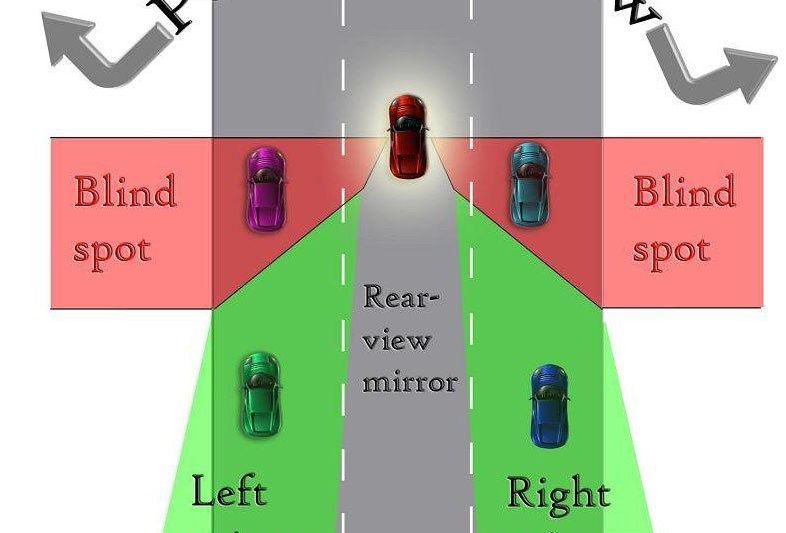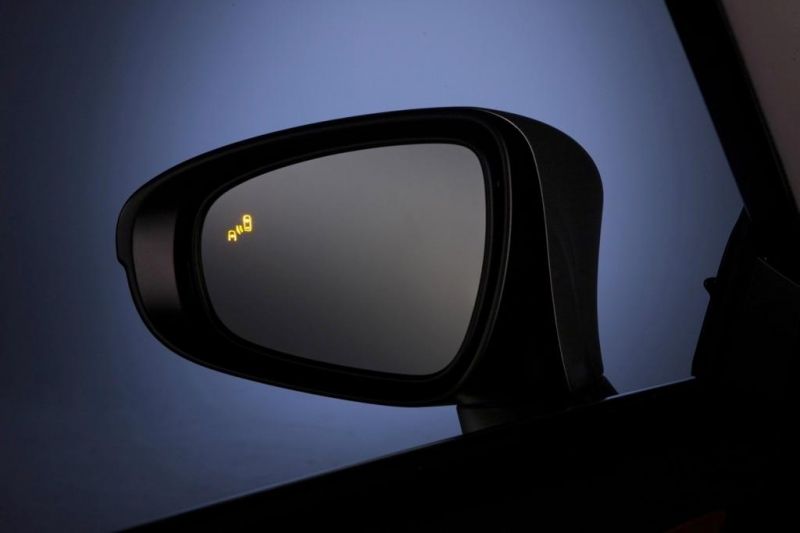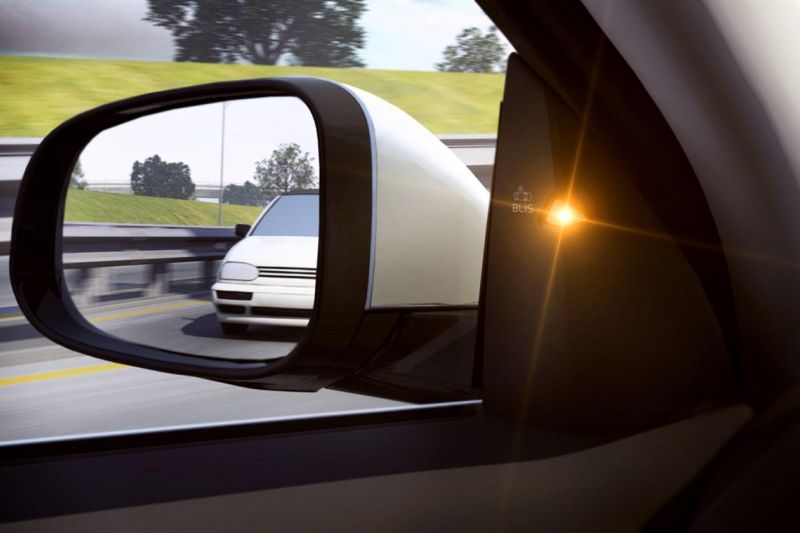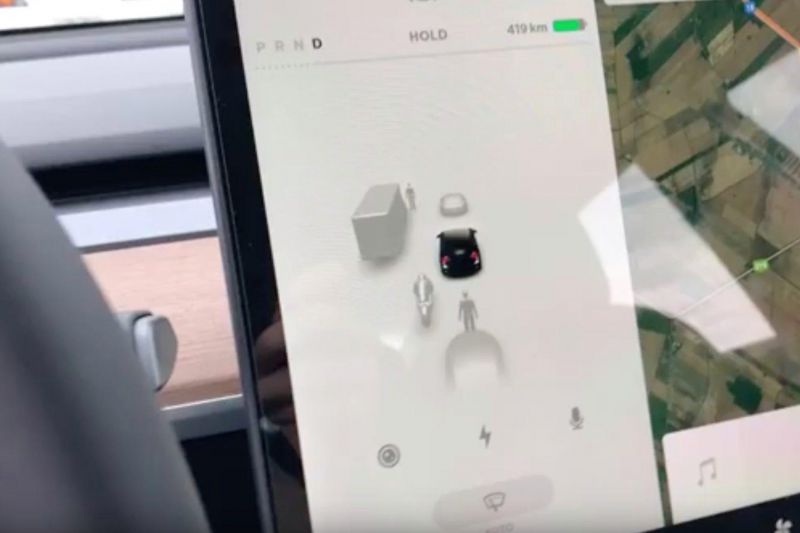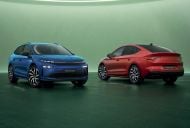The blind spot in an automotive context is a part of your view outside that’s obstructed by the body of your car. Depending on the car, this could include your view of what’s happening towards the front of the car (if it has a wide a-pillar), or your view towards the rear.
Blind spots are the reason many driver training courses emphasise doing an over the shoulder check before merging lanes, to avoid colliding into a vehicle within the driver’s blind spot.
Many cars today come with technologies to further reduce the risk having an accident with another vehicle in the driver’s blind spot.
Two of the most important are blind-spot monitoring and rear cross-traffic alert. It’s important to note these act as a further aid only, and are not intended to replace traditional safe driving techniques such as the headcheck described above.
Blind-spot monitoring
Blind-spot monitoring was first introduced in 2007 by Volvo as an option on its S80 sedan. Today’s blind-spot monitoring systems use electronic sensors such as radar and/or ultrasonic sensors, usually mounted within the rear bumper or side mirror housing.
These sensors constantly emit electromagnetic waves that are reflected back by any vehicle (including motorcycles) entering the car’s blind spot.
The car provides an alert when it detects another vehicle within its blind spot. Most carmakers do this with a flashing or steady orange light either within the vehicle’s side mirrors, or with a dedicated light inside the car – usually at the base of the a-pillar. These alerts may also be accompanied by a chime.
Not all alert systems are the same. When test driving a car equipped with a blind spot monitoring system, ensure the warning light can be seen clearly. In this sense, vehicles equipped with a light inside the car may provide a slight advantage in clarity, as there is less risk of it being obscured by rain, fog, or other poor weather conditions.
Instead of the radar system described above, some manufacturers mount a camera within the side mirror housing to provide a direct video feed of the blind spot into the infotainment system or instrument cluster.
Honda’s LaneWatch system, available on several models including the Civic, uses a camera mounted in the left side mirror to provide the driver with a better view when indicating for a left turn or to merge lanes. The primary disadvantage of this system is that no blind-spot monitoring is provided for the driver’s side of the car.
New Hyundai, Genesis, and Kia models such as the Genesis GV80, Kia Sorento, and the Hyundai Santa Fe provide a more sophisticated system coupling radar-based blind-spot monitoring with camera feeds for both mirrors.
When the driver indicates, a video feed from the left or right camera is provided within the digital instrument cluster.
Tesla also offers a blind-spot monitoring system, but rather than using a warning light it provides a visualisation of the vehicle entering the blind spot within the central touchscreen.
Certain cars combine blind-spot monitoring technology with emergency lane-keeping. In this case, if the driver attempts to merge into a lane that has a vehicle in the blind spot, the car will warn them and actively guide them back into their lane to prevent an accident.
Just because a particular model offers blind-spot monitoring as well as lane-keeping assist or emergency lane-keeping functionality does not mean that they will work together as described above.
Rear cross-traffic alert
Rear cross-traffic alert (commonly abbreviated to RCTA) is an associated technology that typically uses the same sensors as the blind-spot monitoring system (potentially also in conjunction with rear parking sensors) to look behind the vehicle.
RCTA systems are useful in situations such as reversing out of a carpark, where there might be traffic coming across from either side, or if the driver is reversing out of a driveway onto a busy road.
In these scenarios, the radar/ultrasonic sensors will detect moving vehicles coming across the rear of the car from either side, and provide a visual and audible warning within the infotainment system or the instrument cluster.
Some cars also combine RCTA with reverse AEB systems that automatically apply the brakes if a potential collision is detected. Due to the amount of jargon used in the industry, it may not be immediately clear whether a car only has RCTA or combines this with reverse AEB, so be sure to confirm with the manufacturer prior to purchase.





